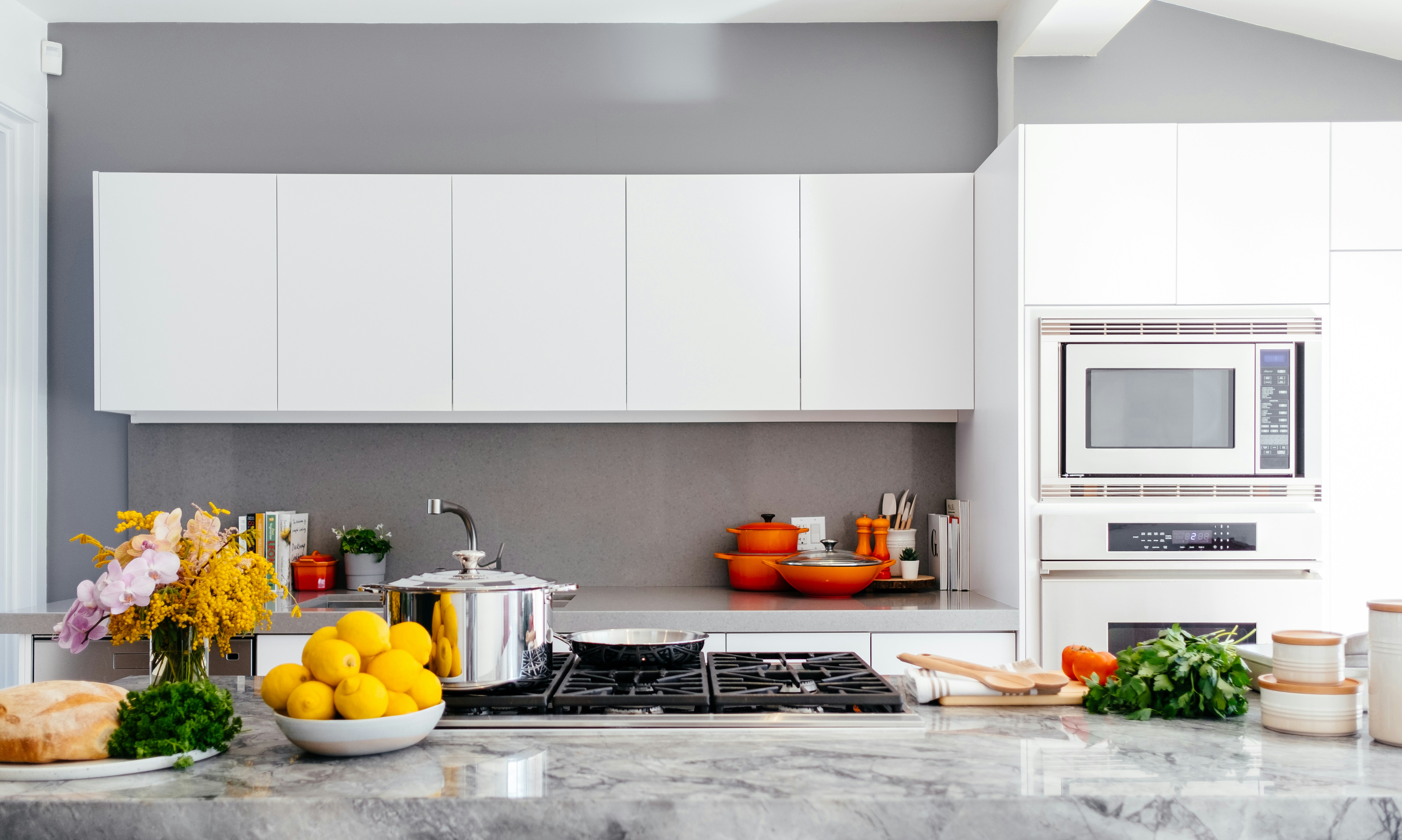How to Brew Kombucha at Home: SCOBY Maintenance & Flavor Experiments
How to Brew Kombucha at Home: SCOBY Maintenance & Flavor Experiments
Homebrewing kombucha is a rewarding way to explore fermentation science while creating a probiotic-rich beverage. This guide covers everything from SCOBY maintenance to advanced flavoring techniques.
What You'll Need to Start
- Glass jar (1-gallon capacity)
- Organic black/green tea (Republic of Tea)
- Organic cane sugar
- SCOBY + starter liquid
- Breathable cloth + rubber band
- pH strips (optional)
Understanding Your SCOBY
What is a SCOBY?
Symbiotic Culture Of Bacteria and Yeast forms the heart of kombucha brewing. This cellulose mat houses the microorganisms that convert sweet tea into tangy kombucha.
SCOBY Maintenance Checklist
Storage Solutions:
- Short-term: Keep in finished kombucha at room temperature
- Long-term: Refrigerate in sealed glass with 20% starter liquid
Feeding Schedule:
Activity Frequency Full brew 7-10 days Starter refresh 3-4 weeks Troubleshooting:
- Mold prevention: Maintain pH <4.5 (FDA food safety)
- Yeast management: Strain excess strands during feeding
The Brewing Process: Step-by-Step
First Fermentation
- Sterilize equipment with hot water
- Brew 1L strong tea + dissolve 100g sugar
- Cool to 68-85°F (20-30°C)
- Add SCOBY + 2 cups starter liquid
- Cover with cloth; ferment 7-30 days
Flavoring Techniques
Second Fermentation Options: - Fruit infusion: Try mango-ginger or blueberry-basil - Herbal blends: Hibiscus-mint or lemongrass-lavender - Spiced versions: Turmeric-pepper or chai-inspired
Pro Tip: Use 10-20% flavoring by volume for balanced taste
Advanced Methods
Carbonation Control
- Bottle selection: Swing-top vs. flip-top
- Burping technique: Release pressure daily
- Temperature effects: Warmer = faster carbonation
Alcohol Content Management
- Limit sugar additions
- Monitor pH levels
- Consider forced carbonation
Safety & Best Practices
- Always use food-grade materials
- Maintain clean workspace
- Monitor for cloudiness or off-odors
- Consult CDC food safety guidelines when uncertain
Creative Flavor Combinations
| Base Flavor | Additions | Ferment Time |
|---|---|---|
| Green Tea | Lemon Zest + Lavender | 3 days |
| Black Tea | Pineapple + Coconut | 5 days |
| White Tea | Peach + Vanilla Bean | 4 days |
Troubleshooting Guide
Common Issues: 1. Weak fermentation: - Check temperature range - Refresh starter liquid 2. Vinegar overproduction: - Reduce fermentation time - Use larger batches 3. Flat kombucha: - Add priming sugar - Use airtight bottles
Sustainability Tips
- Reuse tea leaves for compost
- Turn extra SCOBYs into:
- Vegan leather
- Pet treats
- Fertilizer
- Source local ingredients
Final Thoughts
Mastering kombucha brewing requires patience and experimentation. Start with basic recipes, then gradually try complex flavor profiles. Remember that environmental factors like altitude and ambient temperature significantly affect fermentation outcomes.
For more fermentation ideas, explore our guide to making sourdough starter.
Note: Consult healthcare professionals before making dietary changes. Kombucha contains trace alcohol and caffeine.


